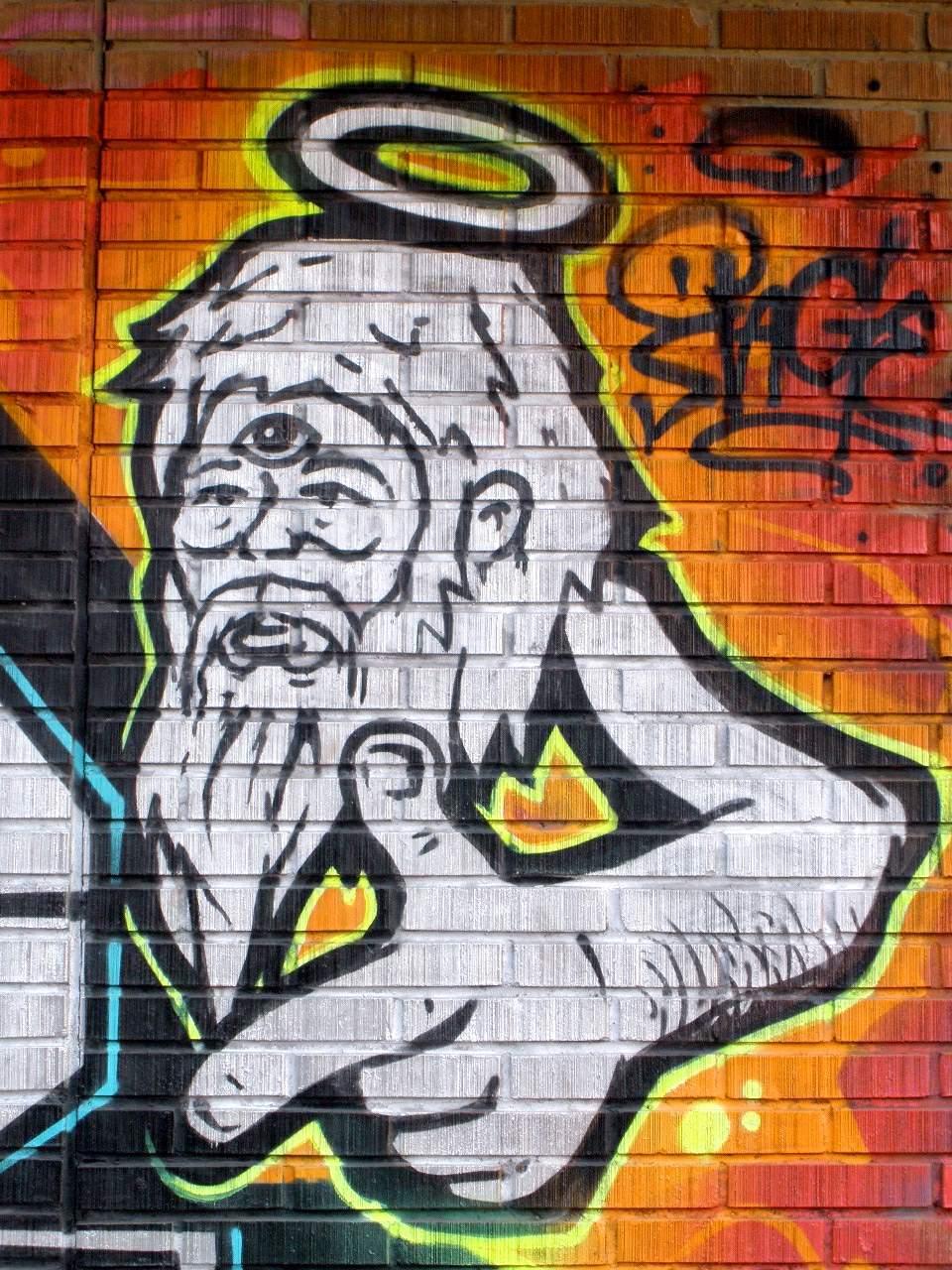Global Era Imaginaries: Myth Today
archive

Global Era Imaginaries: Myth Today
Since the 1950s, a concerted pushback against the narrative of secular modernity has followed post-colonial independence in many countries around the world and was accompanied by a proliferation of nationalist counternarratives grounded in ethnicity, religion, and shared memory. Indigenous traditions, myths, and histories became a rallying point. Yet this recovery often implied the recasting of traditions, sometimes reframing specific myths and mythic figures to assert exclusionary communitarian boundaries. In some cases this reaction was a form of resistance to the secular national state (e.g., political Islam, the Iranian theocratic revolution), in others it reflected tension with social groups seen to compete for scarce political or economic resources or was rooted in underlying animosity toward a near neighbor (e.g., Hindu nationalism). Not seldom was it a compounding of these and other factors, complicated by the legacy of colonial administration of institutions like the census, which fostered non-indigenous categories such as race, class, and property rights.
This recovery and valorization of indigenous knowledge in post-colonial states posed a serious challenge to some of the foundational assumptions of Euro-American ethnography and comparative religious studies. Ostensibly scientific approaches came under fire for supplying ideological constructs that legitimized colonial rule, foremost of which was a dialectical other—the lethargic, darker-skinned “primitive” with his irrational beliefs, childish stories, and non-productive ways. This other served as a foil for the Enlightenment program which itself partly served to justify western domination and economic exploitation. As unquestioned and commonsensical as these prejudices had seemed at the time, this cultural script of the enlightened west has the form of a mythic discourse: a story broadly accepted by its primary audience of savagery overcome by reason, of backwardness transformed into (linear) progress vouchsafed by superior European “civilization” and, more recently, by the “providential” (and therefore exceptional) status of the United States of America as the light of the world.
Economic globalization displays western liberalism’s master narrative newly rationalized and reformatted: globally integrated “free” markets fostering “free” consumer-entrepreneur citizens and rising western-style “standards” of living. Global economic integration speeds the erosion of traditional lifeways in societies everywhere, yet this external pressure is resisted in different ways. Culture is resilient; it can be creative under pressure, can accommodate or integrate non-native ideological constructs and myths; indigenous narratives may be reshaped to concord with emergent needs of resistance and survival, as the cases of indigenous Hawaiian or Christianized Congolese groups demonstrate in different ways (Friedman and Friedman, 2008).

Myth thus defined is clearly distinct from two uses of the word common today that remain bound to its dialectical position in Christian polemics, Enlightenment visions, and colonial projections. Today ‘myth’ is commonly equated with little else but organized deception, false belief, and anachronism—as a kind of ideological critique. A conception of myth that is faithful to its actualities must acknowledge the centrality of imagination and sentiment for individuals and social groups alike, and affirm narrative’s constitutive role where social imagination, sentiments, and agency intersect. Mythic stories typically hold a kind of authoritative status and/or possess explanatory value for a group’s members, be they entire nations, sub-national and ethnic groups, class strata, religious and diasporic communities, or subsets of any of these. Elites often hold up myths as this kind of authority.
Myths are usually aligned with tradition and identity, yet they should not be equated solely with religious identity because secular identities and recrudescent or “invented” historical traditions may also ground themselves in myths. As core components of a group’s repository of images and stories, myths help to constitute and express a social or cultural imaginary, and supply discursive substance for ideologies. Myths are often set in a timeless or exemplary past, yet some convey the shape of imagined futures in the form of eschatologies, revolutionary goals, utopias, and dystopias. Both taken for granted and frequently evoked, mythic images and stories are always reinterpreted to meet the challenges of the present. Myths, as implicit appeals to group sentiments in maintaining, reasserting, or reconstituting communal order and identity, may be regarded as a mode of discourse. They count among the significant repertoire of scripts and images around which social groups cohere, but they may also be divisive, and over them members can and do contend. In sum, myths contribute decisively to the habitus, the nomos, and to the discursive and performative activity of cultural reproduction and social change.
A conception of myth that is faithful to its actualities must acknowledge the centrality of imagination and sentiment for individuals and social groups alike, and affirm narrative’s constitutive role where social imagination, sentiments, and agency intersect.
It seems reasonable to count mythic stories among the artifacts of imagination that accompany every phase of human movement across global space and time. Implied with the human encounters of migration, trade and exploration is a dialectics of exchange and mutual influence. Cultural forms are thereby transported and transformed. This is entirely consistent with conceptions of the globalizing process that see it as an intermittent but longstanding and non-singular process.
Myths constellate themes, plots, and character types that continuously infuse the universal human activity of storytelling, and so perdure outside of the traditional, community-constituting stories and cosmologies in both high/classical and popular literatures as well as in film, TV, manga, video games, etc. The ongoing work on mythic images and themes is carried forward here, for reception and reinterpretation are not limited to text-literate audiences for whom cultural canons are matters of schooling. Diasporic communities, multi-ethnic families, overseas migration, and of course media stimulate the global flow of peoples, stories and images, and thereby generate sensitivities toward cultural others that intensify myth making, adaptation, and use. Myth remains bound to the dynamism and vitality driving the globalization of culture.
Anderson, Benedict. Imagined Communities. (1983). Verso, 2006.
Appadurai, Arjun. Modernity at Large: Cultural Dimensions of Globalization.
- - -. Fear of Small Numbers. Duke, 2006.
Bottici, Chiara. A Philosophy of Political Myth. Cambridge, 2007.
Collins, John J. The Apocalyptic Imagination. 2nd edn. Eerdmans, 1998.
Doniger, Wendy. The Implied Spider: Politics and Theology in Myth. Chicago, 1998.
Friedman, Kajsa Ekholm and Jonathan Friedman. Modernities, Class, and the Contradictions
Juergensmeyer, Mark. Global Rebellion: Religious Challenges to the Secular State
Lal, Vinay. Empire of Knowledge. Pluto Press, 2002.
Lincoln, Bruce. Theorizing Myth. Chicago, 1999.
Nandy, Ashis. Time Warps: Silent and Evasive Pasts in Indian Politics and Religion.
Nederveen Pieterse, Jan. “Representing the Rise of the Rest as Threat. Media and
Said, Edward. Orientalism. Pantheon, 1978.
Steger, Manfred. The Rise of the Global Imaginary. Oxford, 2008.
Taylor, Charles. Modern Social Imaginaries. Duke, 2004.



